With the rise of home theaters, business presentations, and outdoor projection setups, understanding projector brightness is more important than ever. But how do you reliably compare different models? The answer lies in ANSI lumens — a standardized, scientifically accepted measurement of projector brightness. This guide explains what ANSI lumens are, how they are measured, and why they matter when choosing the best projector for your needs.
Understanding Projector Brightness: Why It Matters
What Does Brightness Do?
Brightness impacts how clear and vibrant your projected images appear, especially in environments with ambient light. A projector that’s too dim won’t be visible in a bright room, while overly bright models might wash out details.
Lumens: A Common but Flawed Metric
While most manufacturers list brightness in lumens, these ratings can be misleading. Lumens measure total light output without considering testing conditions, often leading to inflated or inconsistent claims.
Why Standardized Measurement Is Essential
To fairly compare projectors from different brands, a uniform method of measuring brightness is needed. That’s where ANSI lumens come into play, providing a consistent benchmark backed by standardized testing.
What Are ANSI Lumens?
Definition
ANSI lumens represent a projector’s brightness determined through a precise, industry-standard testing procedure developed by the American National Standards Institute (ANSI). This offers a reliable way to compare projectors objectively.
How Does It Differ From Regular Lumens?
Unlike raw lumen ratings often provided by manufacturers, ANSI lumens are measured under specific, controlled conditions that ensure accuracy and comparability across models.

How Is ANSI Lumen Measured?
Testing Environment
Measurements are taken in a dark room with controlled lighting conditions. The projector is aimed at a fixed-sized screen—usually a 10-foot by 10-foot square.
Measurement Process
- Light intensity is recorded at nine different points on the screen (center and surrounding eight points).
- These readings are obtained using a calibrated light meter.
- The sum of these nine values is divided by nine to calculate the average luminance—the ANSI lumen rating.
Why This Matters
This method ensures consistent, comparable brightness measurements that reflect real-world performance, removing exaggerated claims common in marketing.
Why ANSI Lumens Are Crucial for Your Buying Decision
Choosing the Right Brightness
The ANSI lumen rating helps determine the ideal projector for your environment:
- Home theaters: 500–2000 ANSI lumens for dark rooms
- Business or Outdoor use: 2000 lumens ANSI lumens or higher
If you're looking for a reliable home theater projector, the ETOE Whale Pro Android TV Projector is a great choice, offering 1500 ANSI lumens for bright, vivid images in low-light settings. Plus, its Android TV built-in makes streaming your favorite content effortless.
Check out the ETOE Whale Pro now and bring cinema-quality entertainment into your living room!
Considering Ambient Light
Brightness needs depend heavily on surrounding lighting. High ANSI lumen values improve visibility in bright settings, but other factors such as contrast ratio and resolution are equally important for overall image quality.
Common Myths and Things to Watch Out For
More ANSI Lumens Doesn’t Always Mean Better
In bright environments, higher brightness helps; but in darker settings, it can cause washed-out images and reduced contrast. Balance is key.
Inflated Ratings Are Rare but Possible
Because ANSI lumens are measured through strict standards, false claims are less common compared to raw lumen ratings. Always check for independent tests or reviews.
Price Isn’t Everything
Higher cost doesn’t automatically mean higher ANSI lumen ratings or better quality. Focus on the full feature set, including resolution, contrast, and color accuracy.
Understanding what ANSI lumens measure makes it easier to select a projector that truly meets your needs. This standardized metric offers an honest, comparable way to evaluate brightness—vital for ensuring your projected images are clear and bright, whatever your environment.



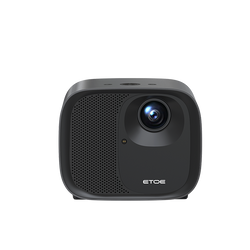




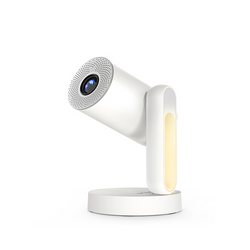


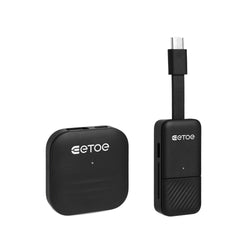

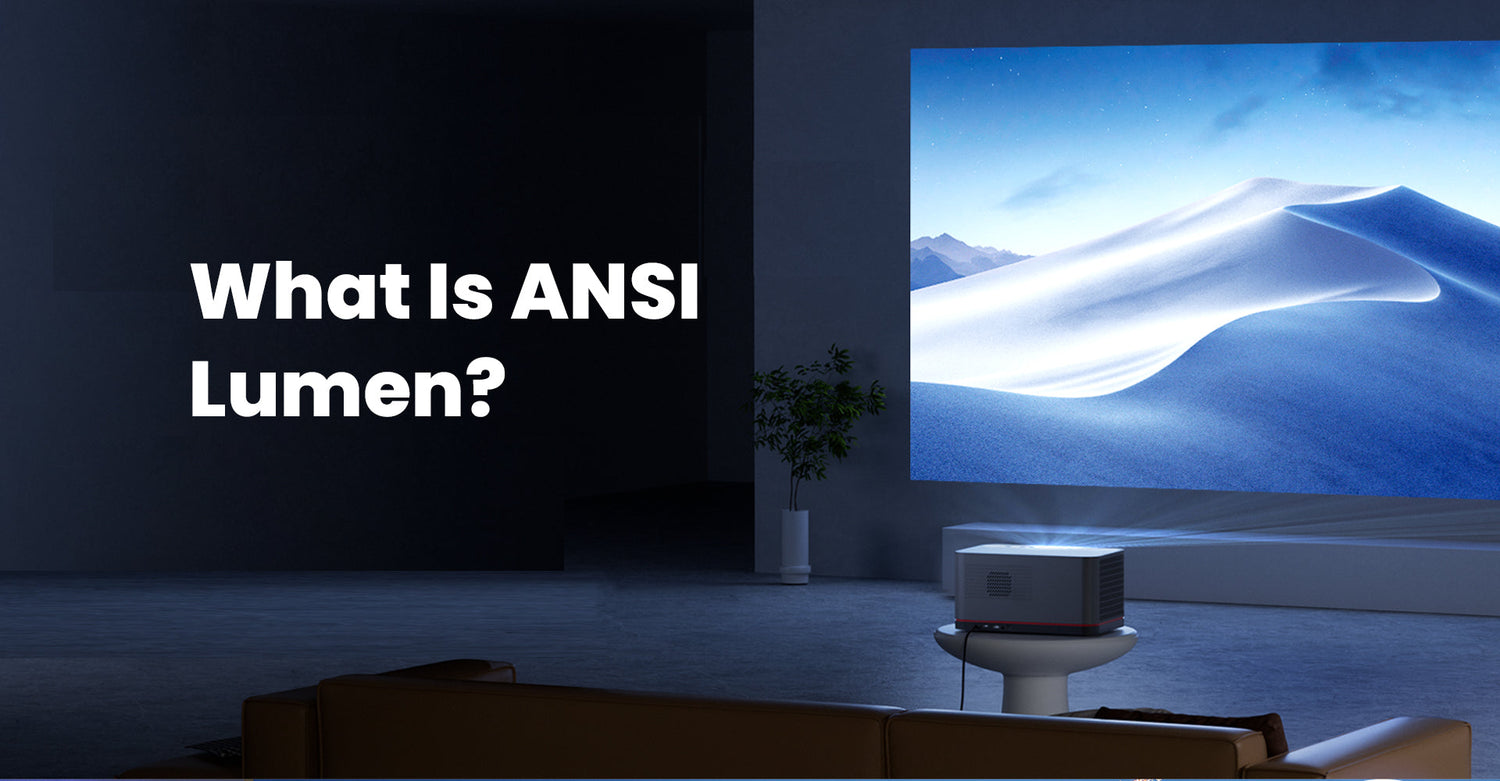


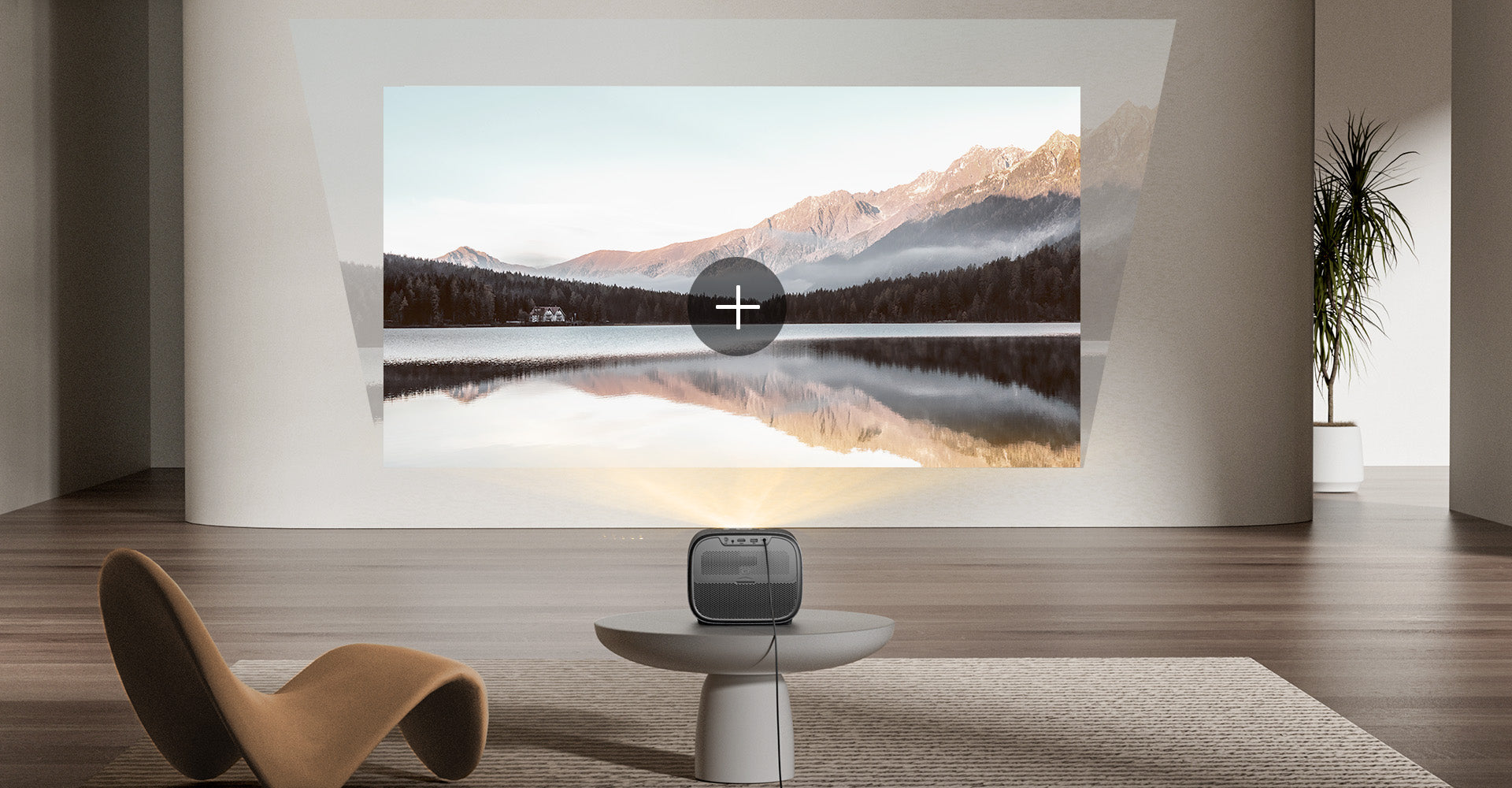
Leave a comment
This site is protected by hCaptcha and the hCaptcha Privacy Policy and Terms of Service apply.